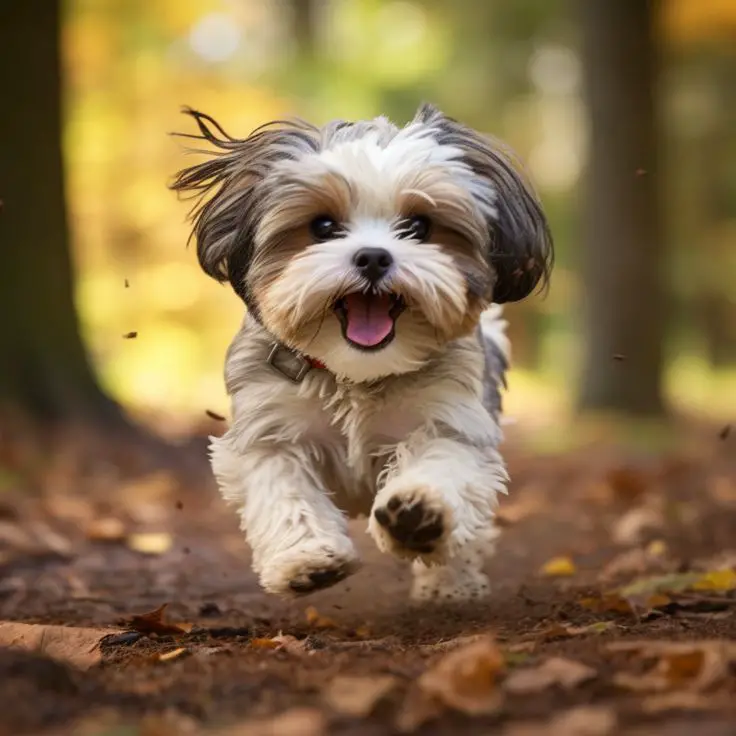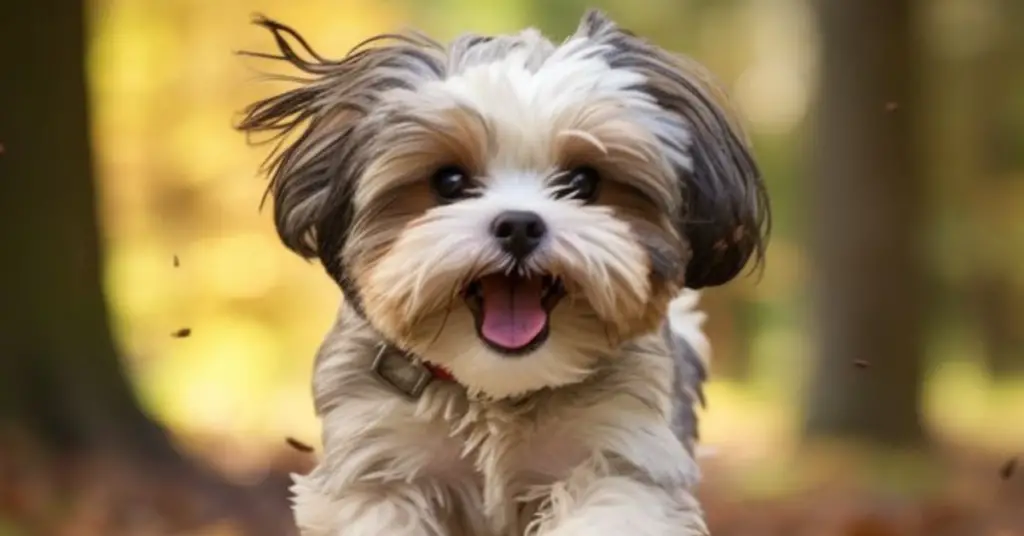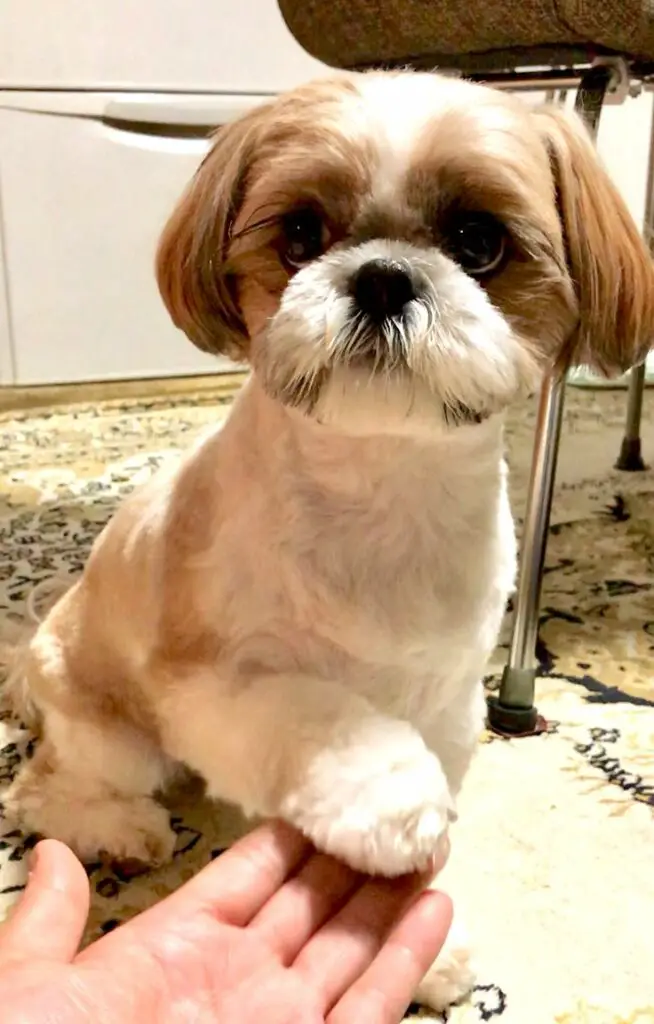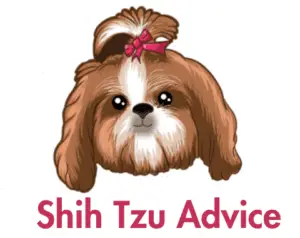
Shih Tzus, with their expressive faces and unique body language, communicate a wealth of information to their owners. Understanding these cues is essential for fostering a strong bond and ensuring your dog’s well-being. Let’s delve into the intricacies of Shih Tzu body language and decode what your furry friend is trying to tell you.
Tail Wagging and Its Meanings
Tail wagging in Shih Tzus can signify various emotions and intentions. A broad, sweeping wag often indicates happiness and excitement, especially when accompanied by a relaxed body posture and wagging hips. However, a stiff, rapid wag can indicate agitation or anxiety. Pay attention to the speed, height, and direction of the wag to interpret your Shih Tzu’s mood accurately.

Facial Expressions: Eyes, Ears, and Mouth
Shih Tzus convey a range of emotions through their facial expressions. Soft, relaxed eyes and slightly parted lips indicate contentment and relaxation. Conversely, wide eyes, raised eyebrows, and tightly closed lips may signal alertness or mild stress. Ears that are forward-facing show interest or curiosity, while flattened ears indicate fear or submission.

Vocalizations: Barking, Whining, and Growling
Shih Tzus use vocalizations to communicate their needs and emotions. Barking can express excitement, alertness, or a desire for attention. Whining often indicates discomfort, anxiety, or a plea for companionship. Growling, while less common in Shih Tzus, signifies warning or aggression and should be addressed calmly and with caution.

Body Posture and Gestures
Observing your Shih Tzu’s body posture provides valuable insights into their emotional state. A relaxed posture with a slightly arched back and weight evenly distributed indicates contentment and comfort. On the other hand, a stiff, crouched stance with raised hackles signals fear, defensiveness, or readiness to defend themselves.
Pawing and Nudging

Pawing and nudging behaviors in Shih Tzus often convey affection or a desire for interaction. Light pawing or nudging against your leg or hand may indicate a request for attention, playtime, or affectionate contact. Pay attention to the context and respond accordingly to strengthen your bond with your Shih Tzu.
Tail Position and Its Significance
The position of your Shih Tzu’s tail provides clues about their emotional state. A tail held high and wagging gently indicates confidence and happiness. A tucked tail between the legs suggests fear, anxiety, or submission. Tail position changes, such as sudden stiffness or drooping, can signal discomfort or unease.

Yawning and Lip Licking
Yawning and lip licking behaviors in Shih Tzus can indicate stress or anxiety. While occasional yawning is normal, frequent or exaggerated yawning may signal discomfort or anticipation of a stressful situation. Lip licking can also be a self-soothing behavior in response to anxiety or uncertainty.
Conclusion
Understanding your Shih Tzu’s body language enhances your ability to care for and communicate with them effectively. By paying attention to subtle cues such as tail wagging, facial expressions, vocalizations, and body posture, you can decipher their emotions and respond appropriately. Building a strong bond based on mutual understanding and trust ensures your Shih Tzu feels safe, loved, and well-understood in their home environment. Invest time in observing and interpreting your Shih Tzu’s body language—it’s a rewarding journey that strengthens your relationship and enriches both your lives together.



